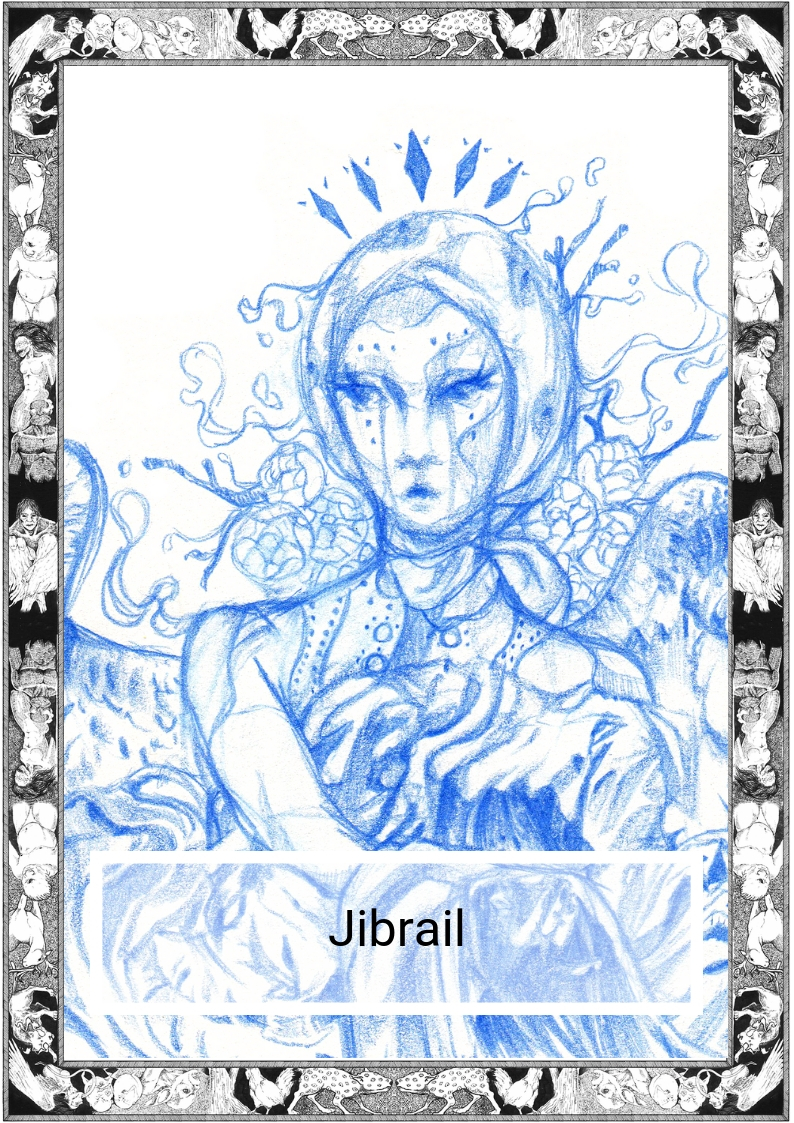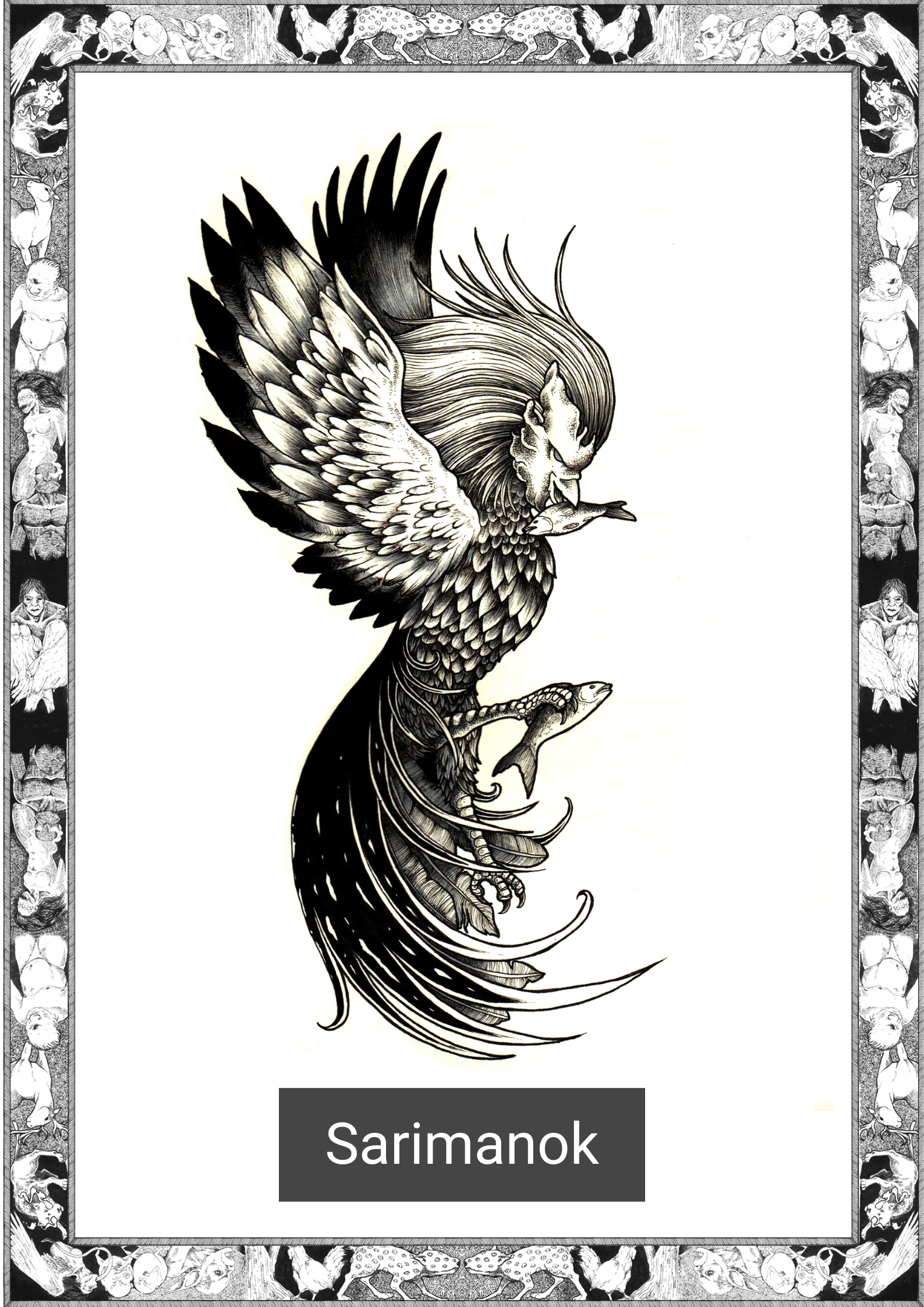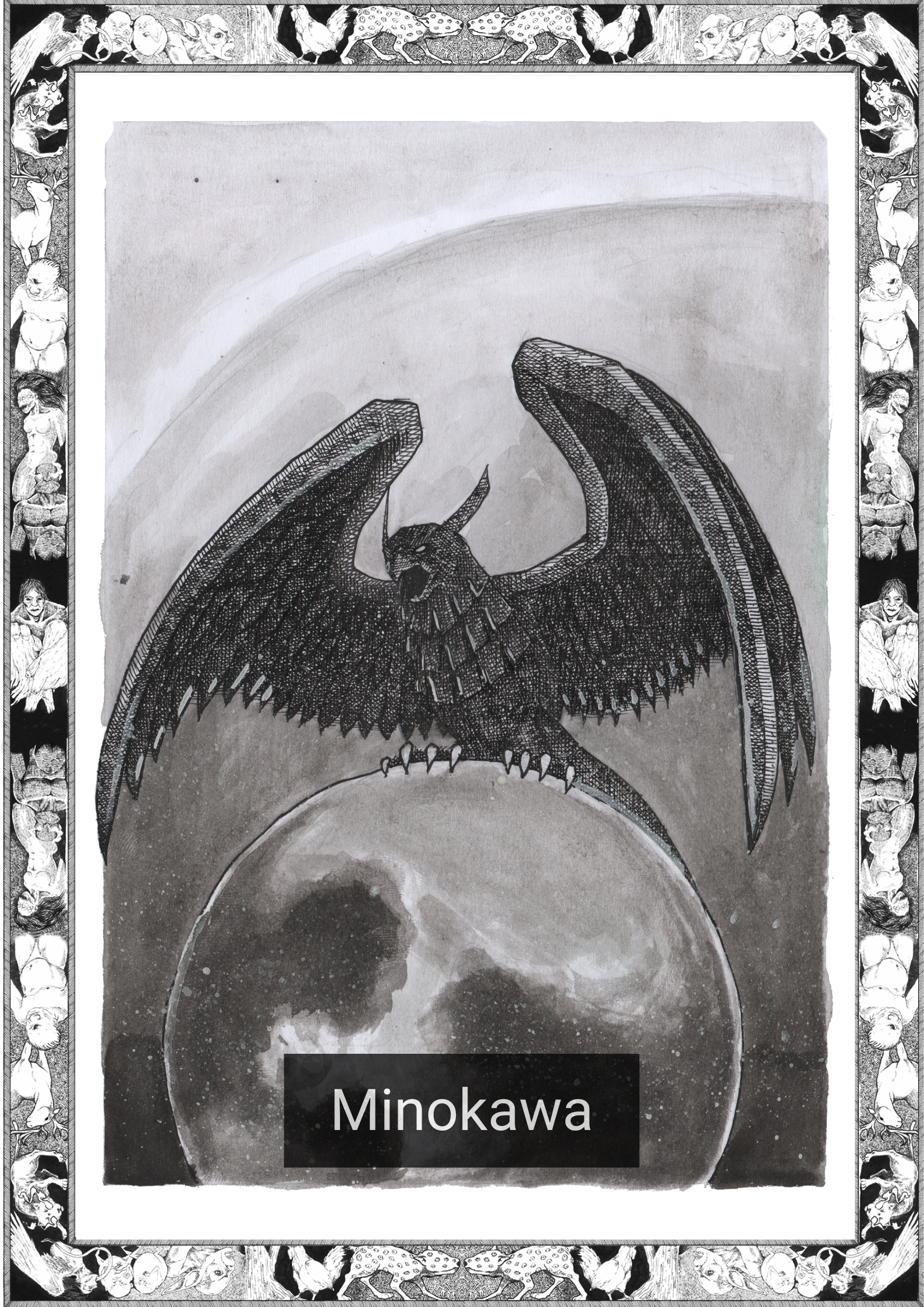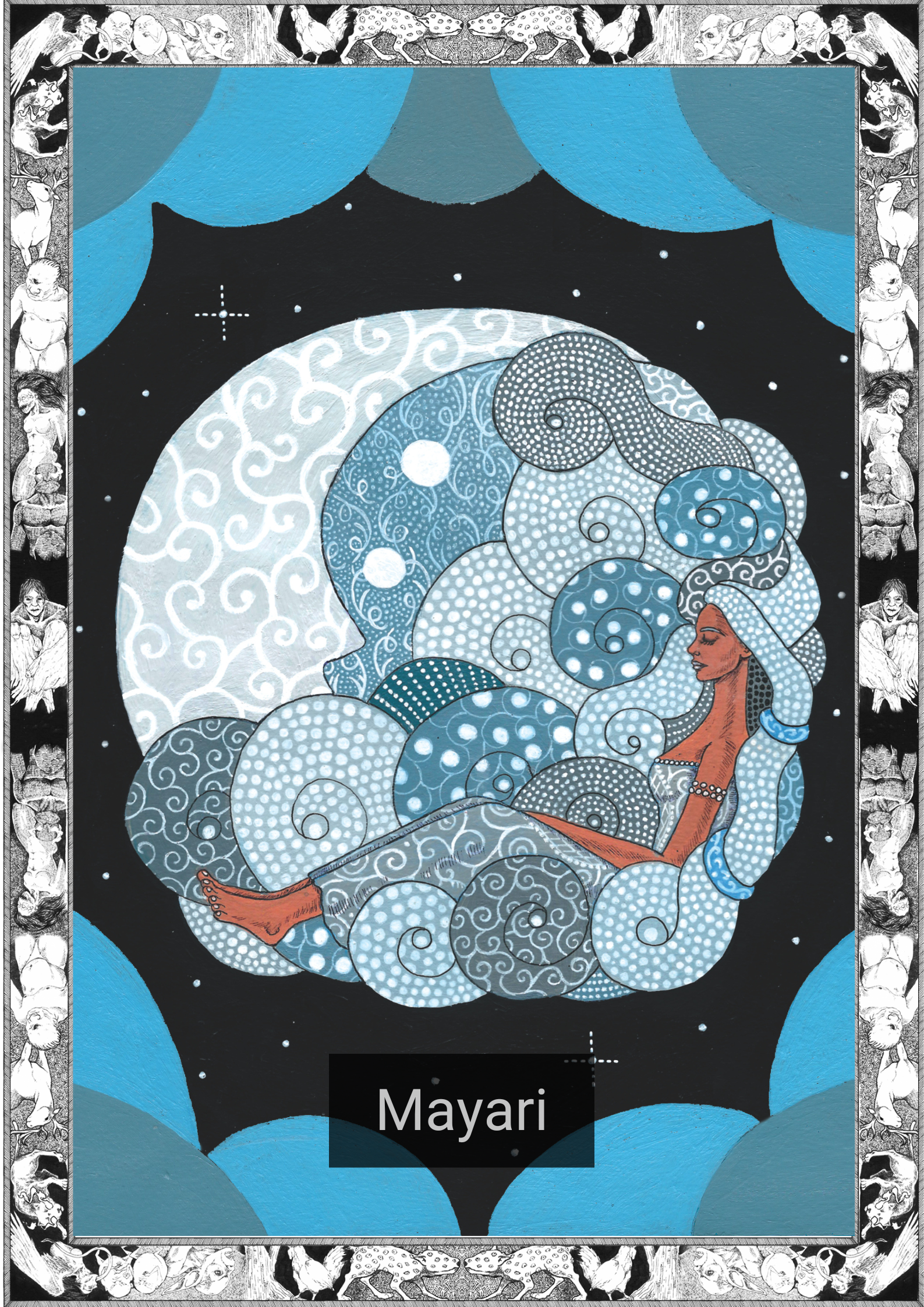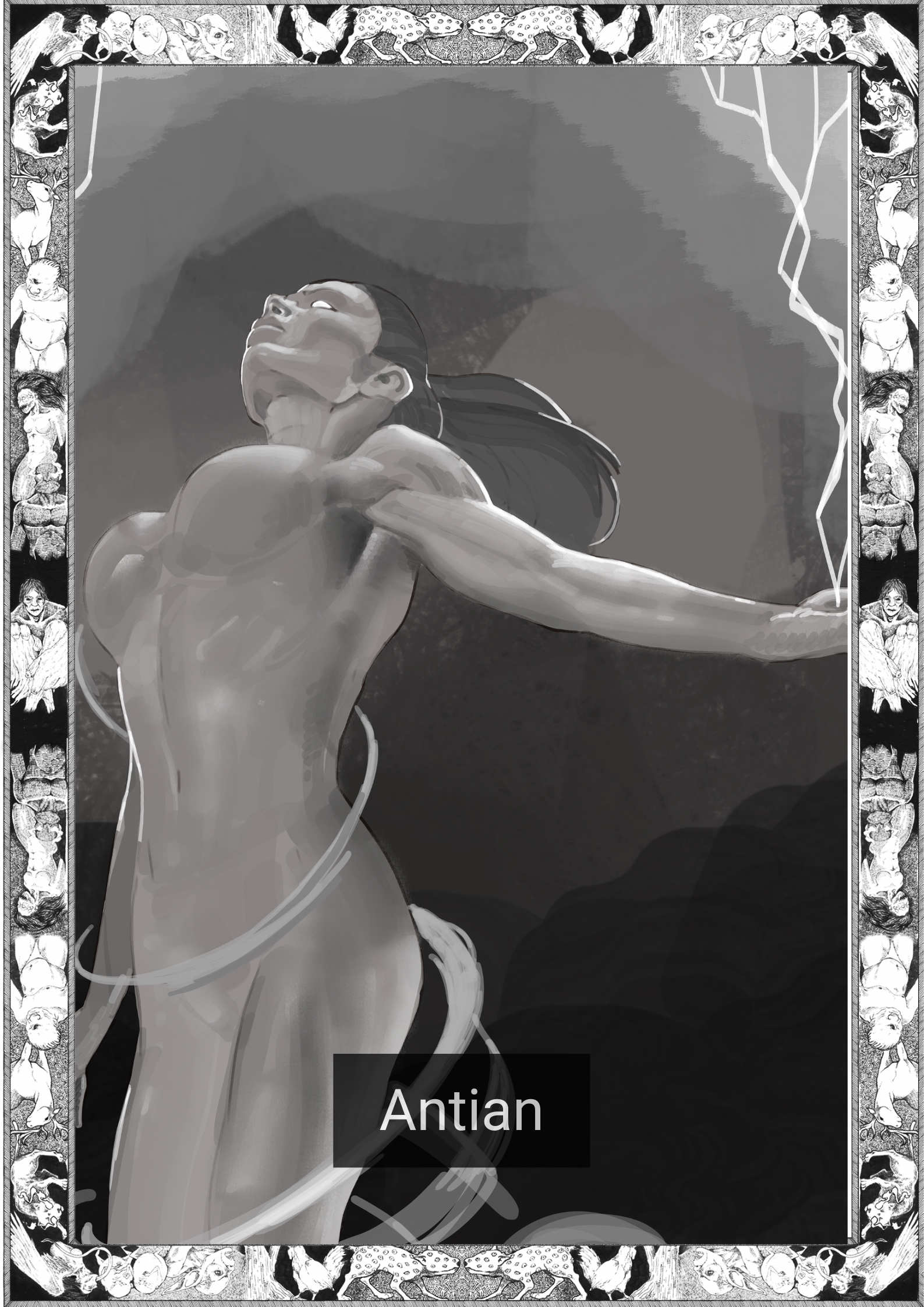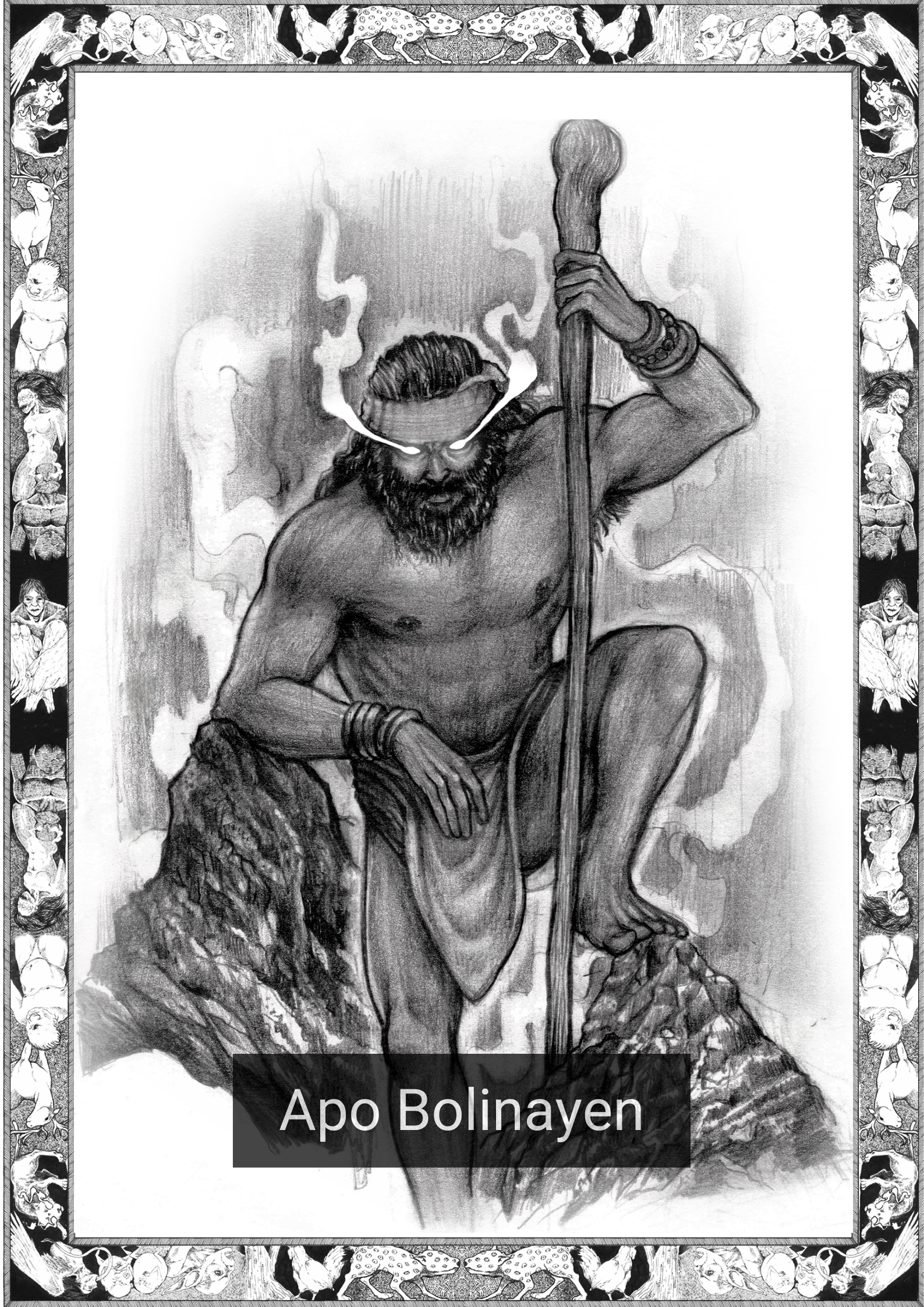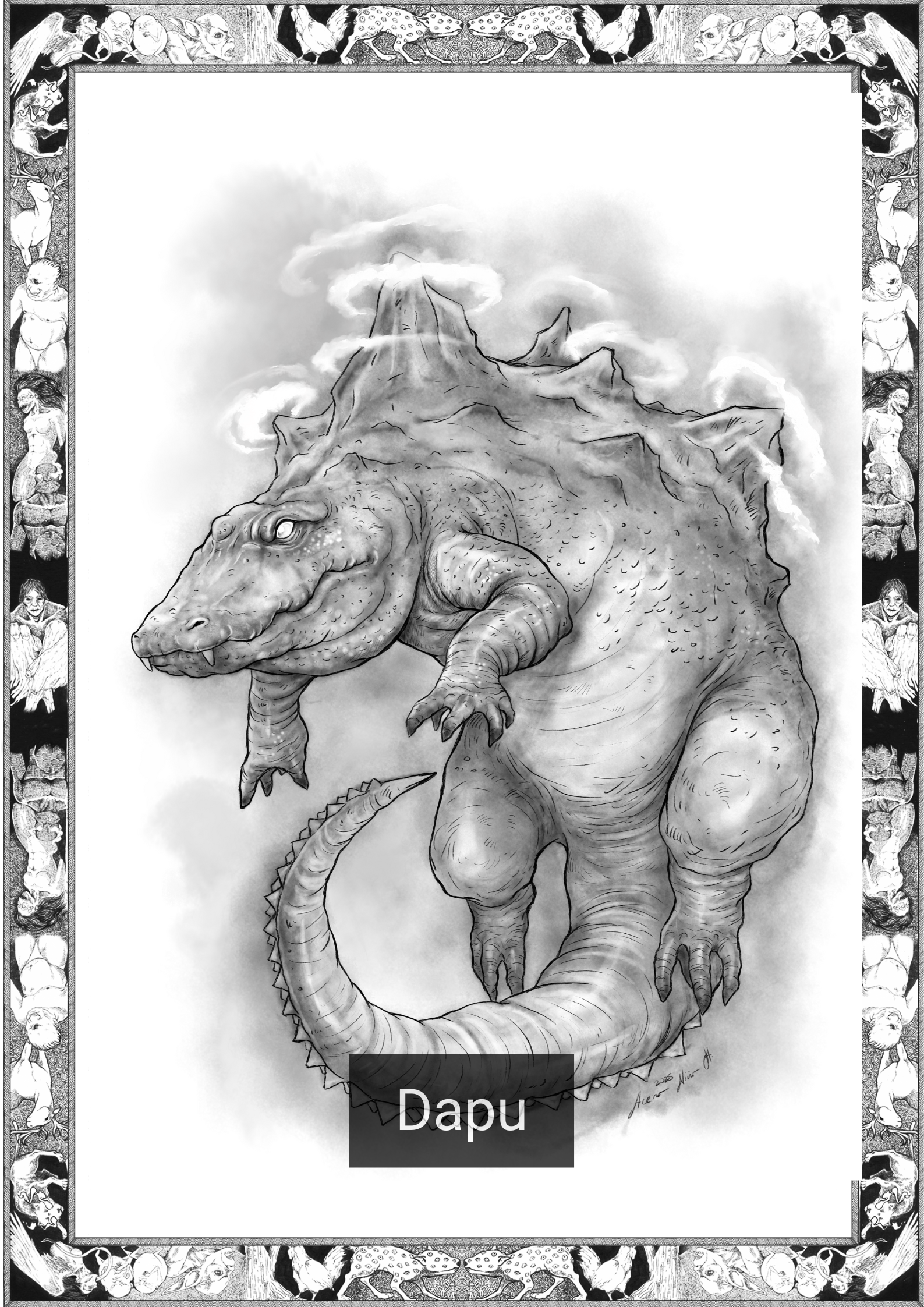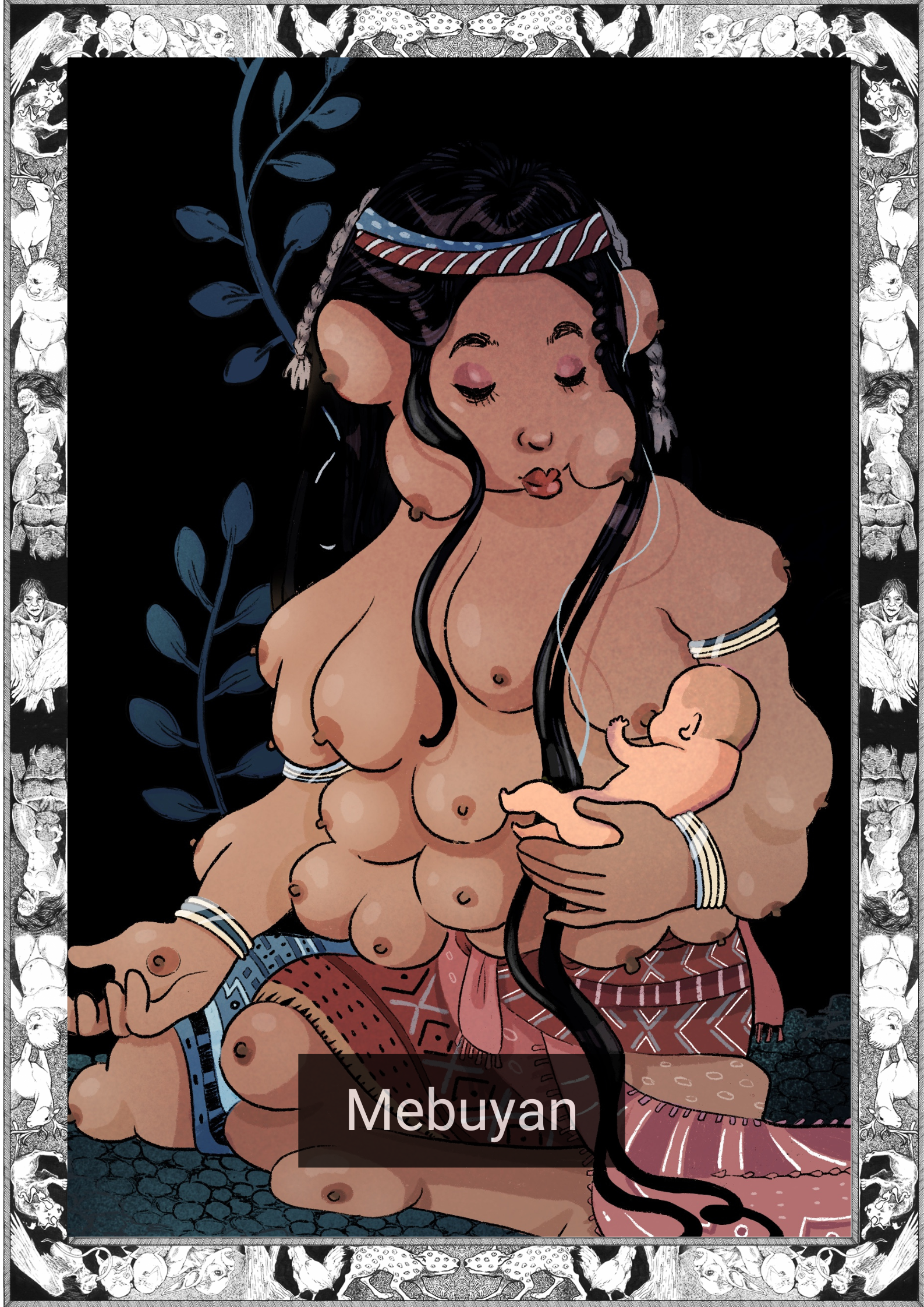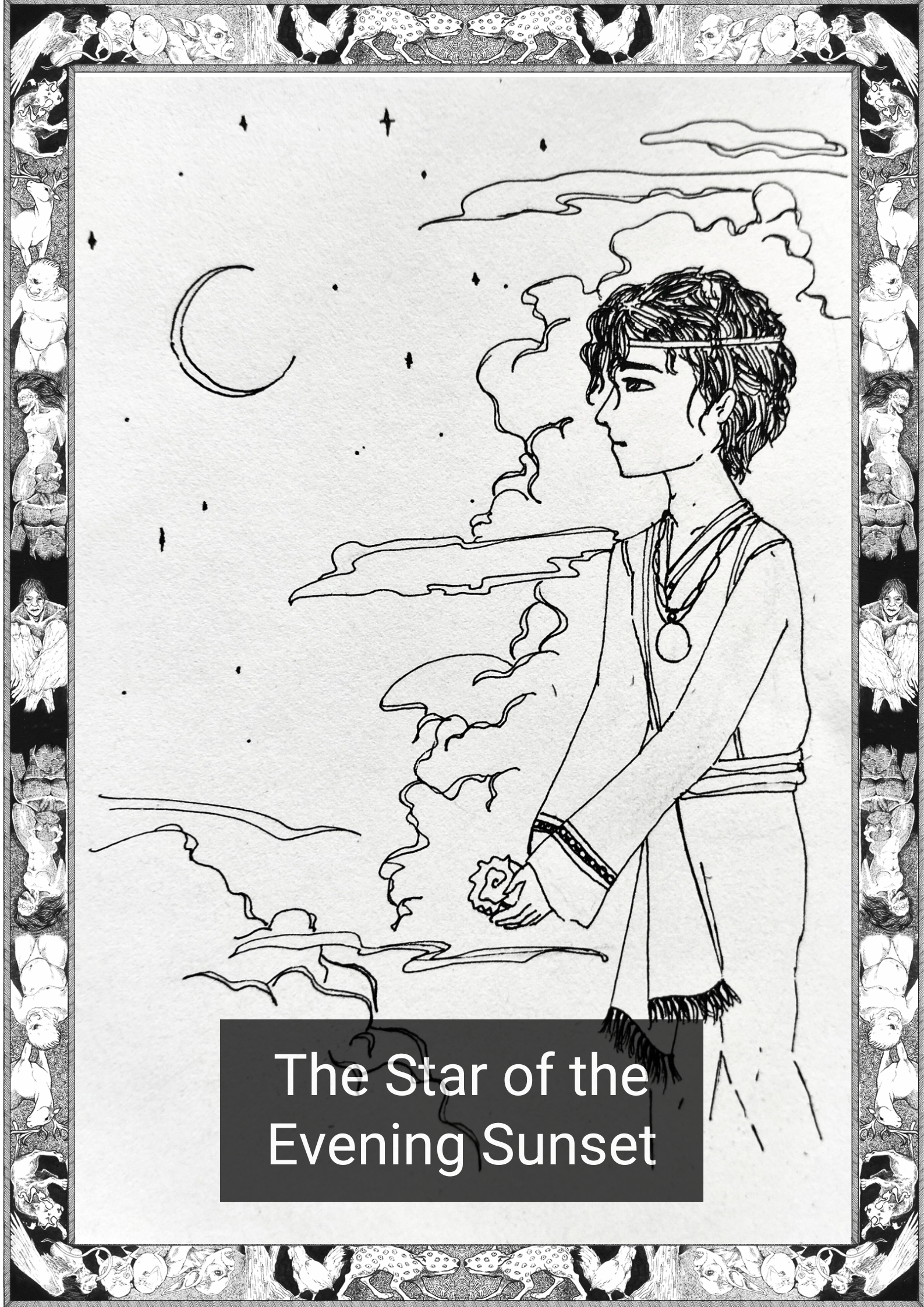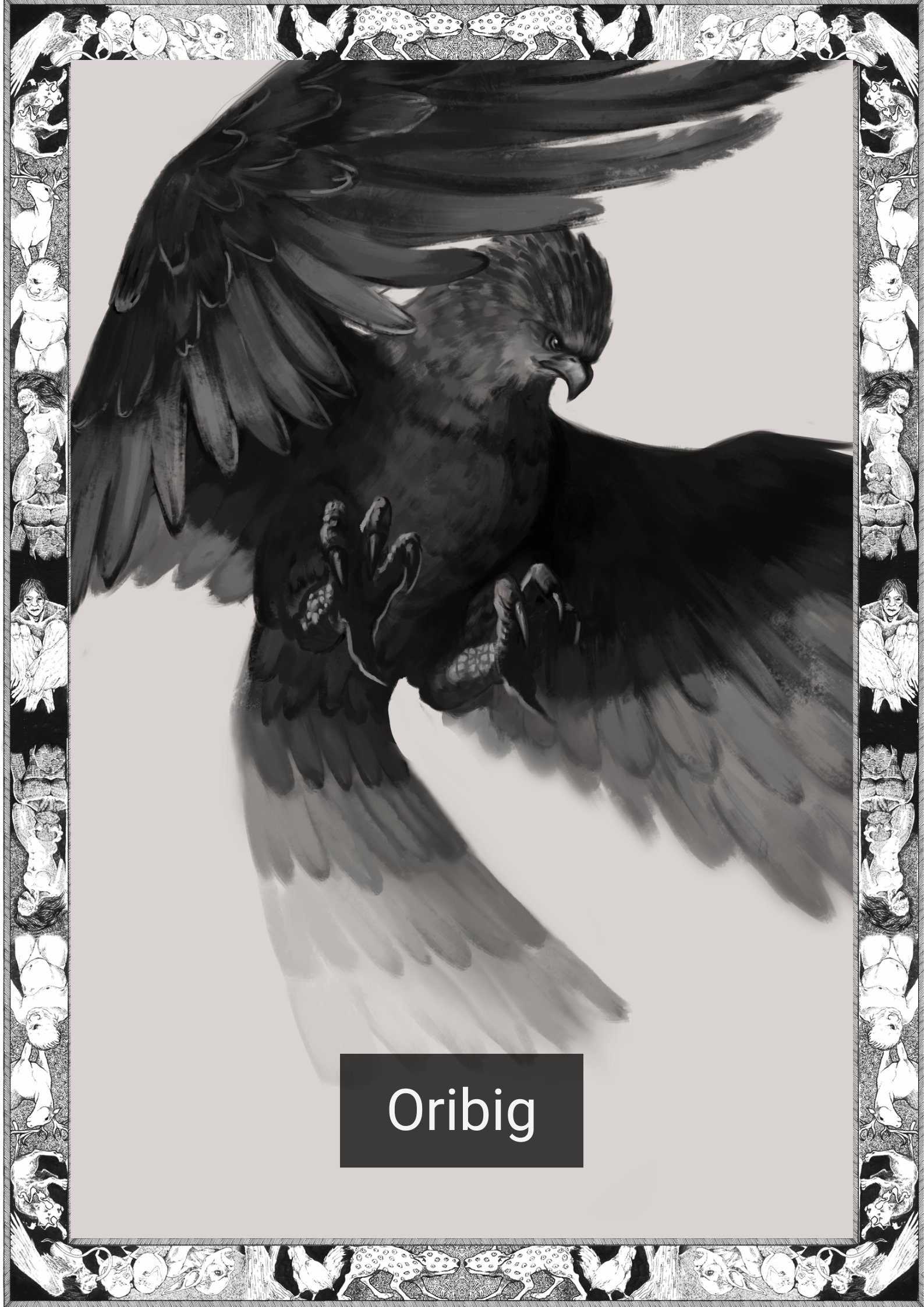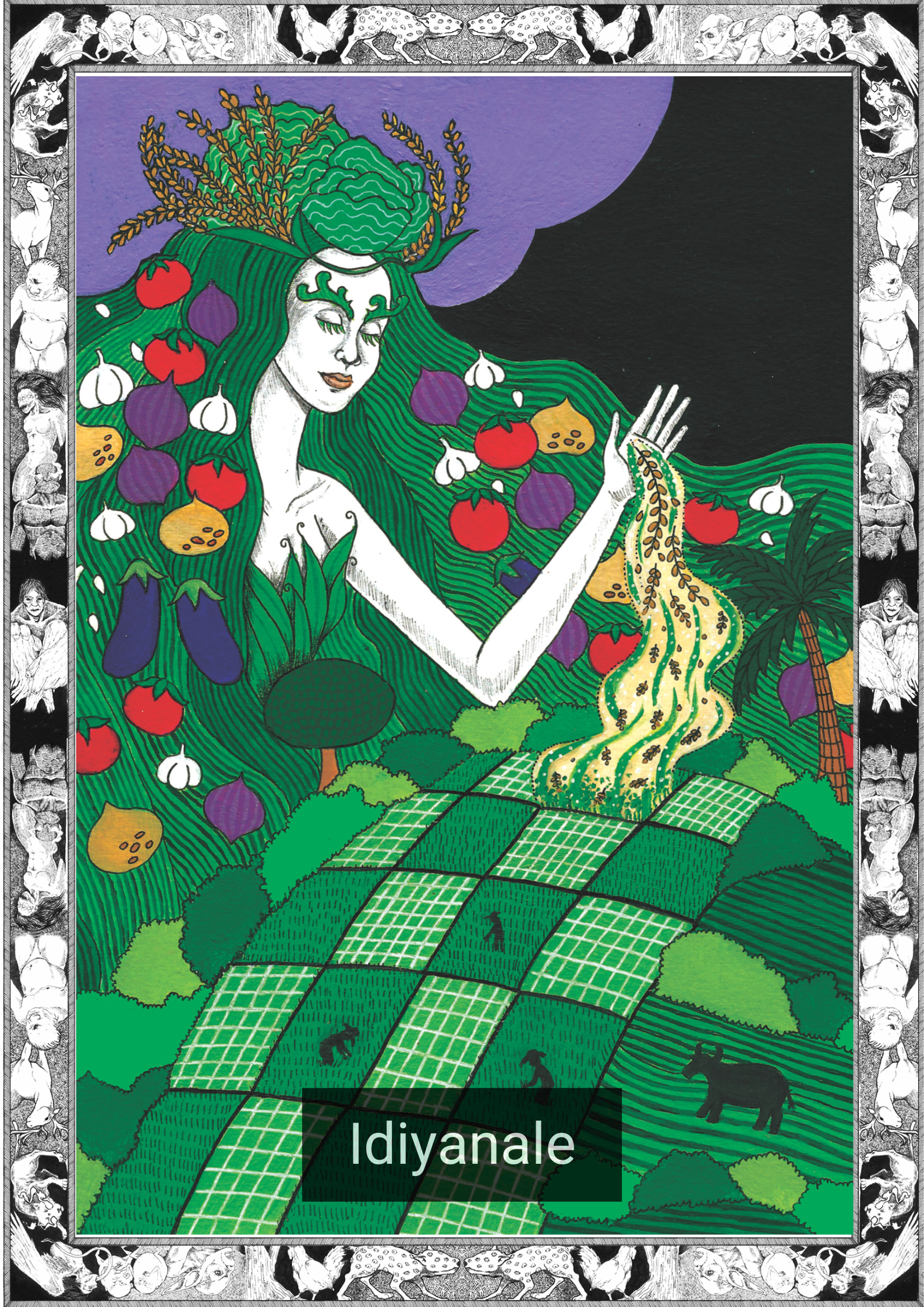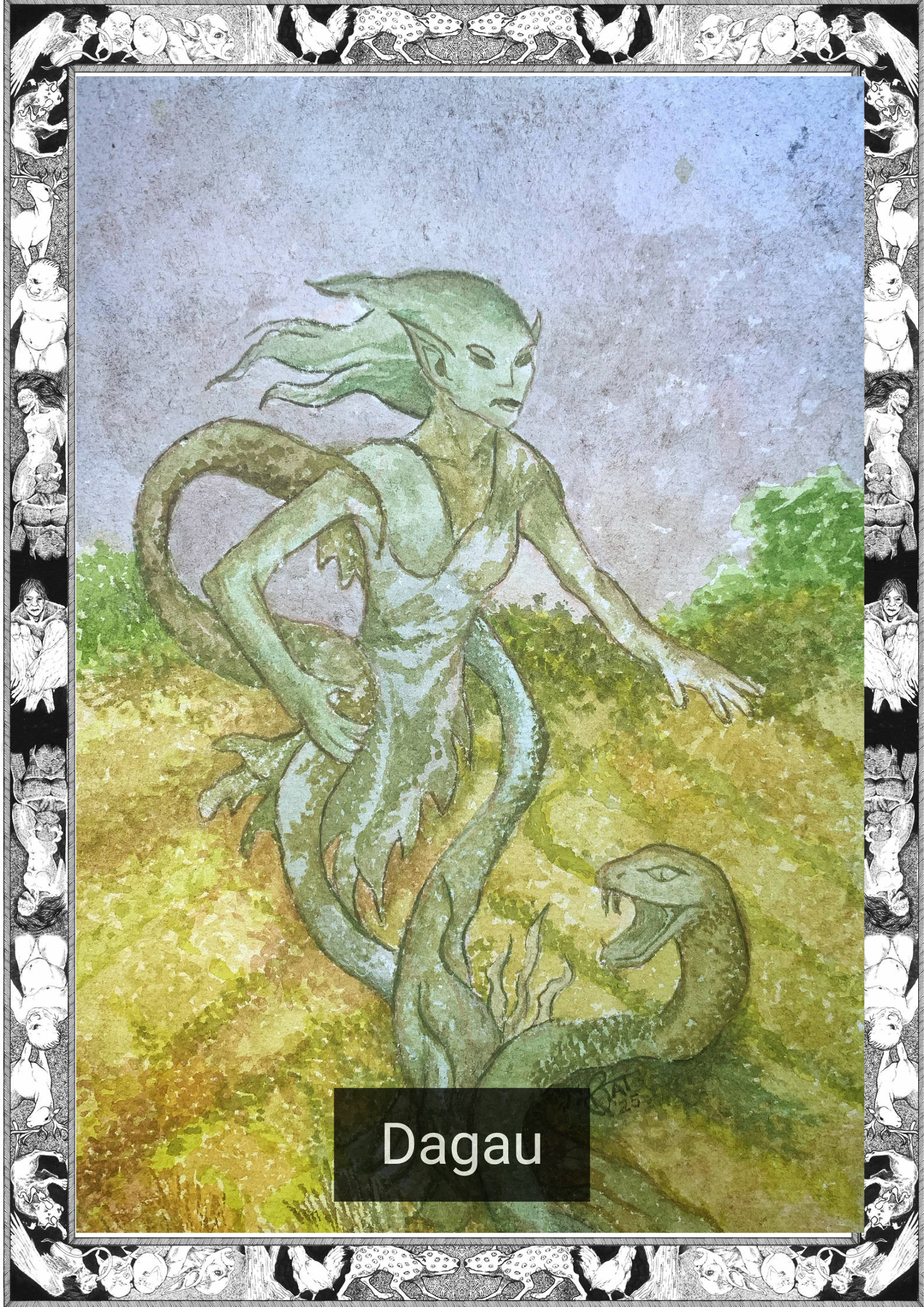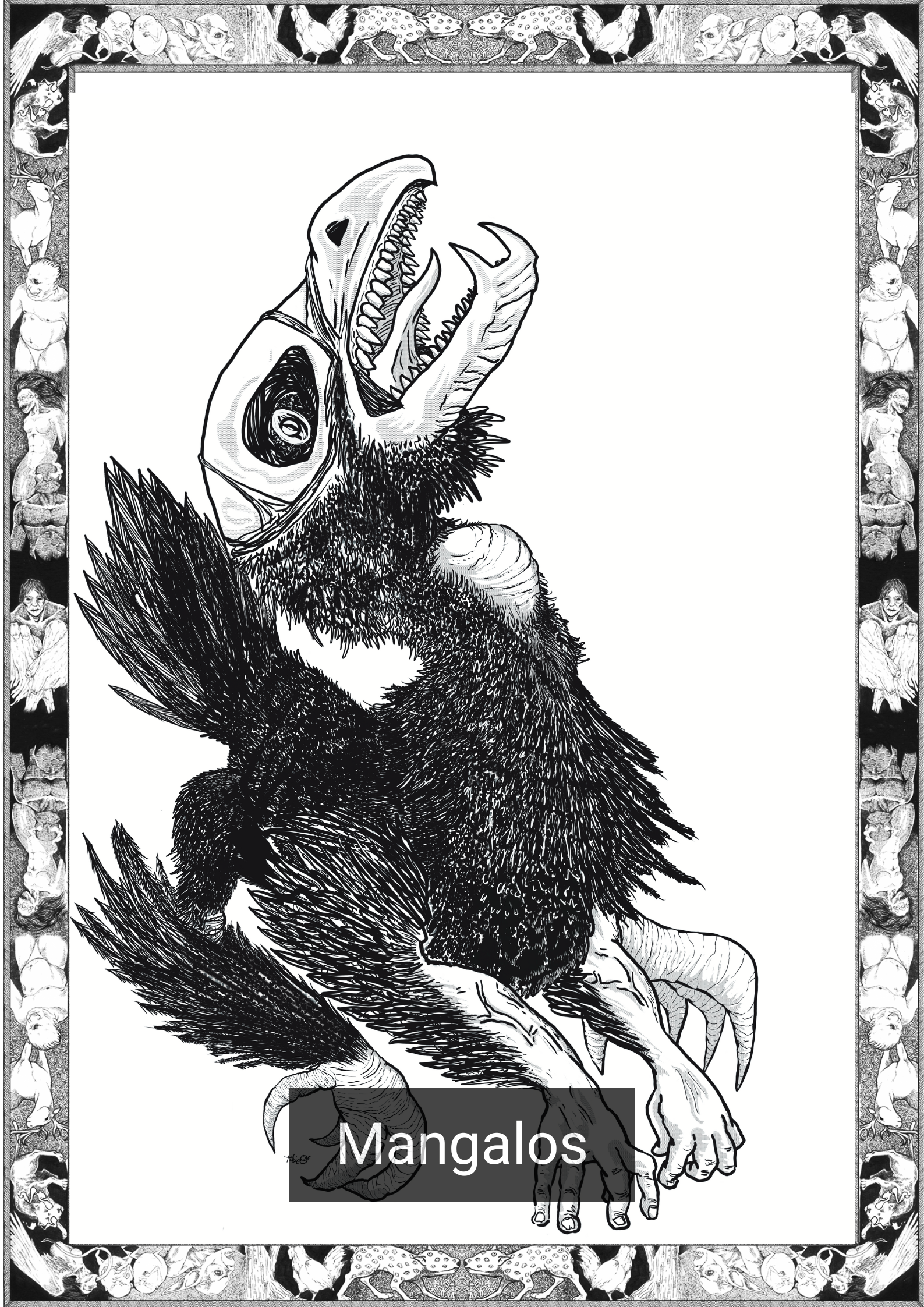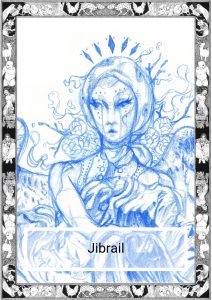
*Note this story is in Ilocano
Iti napalabas a panawen, naipasngay ti maysa nga ubing, ni Nabi’ Isa (wenno Jesus kas ammo ti sangalubongan), ngem ad-adu pay ti pakasaritaan na, saan la a ti nakadatdatlag a pannakaiyanakna.
Nangrugi iti pannakaipasngay ti inana, ni Sitti Maryam (wenno Maria).
Maysa nga aldaw, nagpasuro ni Sitti Maryam kadagiti nagannakna no kasano ti aglualo (mairaman ditoy dagiti ritos ken lualo a pangdebosyon) gapu ta dina ammo. Immanamong ti amana gapu ta addan isuna iti husto nga edad a mangsursuro kadagiti lualo.
Bigat ken rabii ti nausar a kadduana dagiti nagannakna a nangisursuro kaniana ti amin nga ammoda maipapan ti lualo agingga nga iti maysa nga aldaw, timmakder ket sipapannakel a nangibaga nga ammona aminen maipapan ti panaglualo. Sinubok ti amana amin a puntos maipapan ti panaglualo, ket naammuanna nga umdasen ti pannakaammo na.
Impakitana iti amana no kasano nga agkararag ti maminlima a daras iti inaldaw. Iti agmatuon, nagkararag ti luhul ken iti mumalem ti asal, magalib iti sumipnget, ken ti aisa iti rabii; iti sumaruno a parbangon, lualluenna ti subu. Inaramid ni Sitti Maryam ti amin a kabaelanna nga aglualo, immuestrana amin a gunay, ket iti kasta, naipakitana no kasano a naadalna a naimbag dagiti lualo.
Kabayatan ti panagdakkelna, dagiti lualo ket nagbali a paset ti panagbiagna. Inaramidna daytoy iti innem a pulo ket innem a tawen nga agmaymaysa.
Maysa nga aldaw, inayaban ti Dios a mannakabalin ni anghel Jibrail (Gabriel). Imbagana a maladingitan para kenni Sitti Maryam gapu ta awan ti maisubalitna iti panagdebosyon daytoy.
Dinamag ni Jibrail no apay nga napanunot ti Apo ti kasdiay, ket insungbat ti Dios, ” Ti kinaasi ket masapul a maiparang iti aramid; kasta met iti ayat, masapul a masupapakan.”
Nagsaludsod manen ni Jibrail iti Dios, ” Kasano a nalagip ken inayatmo isuna?” Insungbat ti Dios nga binigat ken rinabii nga ilaglagip ni Sitti Maryam babaen kadagiti lualona, ket dinamagna kenni Jibrail no kasano a subalitanna ti kasdiay a kinatulnog.
Iti dayta, intalek ni Jibrail ti amin iti keddeng ti Dios. Nangted ti Apo ti maysa a garapon a napunno ti danum ket binilinna nga isangpetna daytoy kenni Sitti Maryam.
Naburiboran ni Jibrail, saanna nga ammo no ania ti aramiden ni Sitti Maryam kadaydiay garapon ti danum. Ngem imbaga ti Dios nga idissona daytoy iti lulonan ti ulona (dua nga natulang a parte ti bangabanga ti maysa a maladaga nga nalukneng ken mangpalaka iti panagdaliasat ti ulo iti aanakan. Tumangken daytoy bayat iti panagdakkel ti ubing.)
No man pay maburburtiaan iti imbaga ti Dios, inaramidna latta ti bilin kaniana. Inrubbuatna ngarud ti mapan iti misyon na.
Napan ti anghel iti balay ni Sitti Maryam, ngem aldawen ken madama daytoy nga aglulualo. Tapno saanna a masinga, nagtugaw ket naulimek a naguray gapu ta ti pannakasinga ti lualo ket agresulta ti panagmulta ti maysa a kamelio.
Idi maungpot ti lualona, impakdaar ni Jibrail ti kaaddana babaen ti panagkatokna. Nalasin ni Sitti Maryam ti adipen ti Dios ket nagtugawda a nagpatpatang.
Kabayatan ti panagsarsaritada, nakakita ti gundaway ni Jibrail a mangikabil ti danum iti ulo ni Sitti Maryam. Innalana dayta a gundaway nga saan a naammuan ni Sitti Maryam.
Idi umadanin ti pangmalem a lualo, nagdesisyon ni Jibrail a pumanawen. Nagpakada kenni Sitti Maryam ket binay-anna daytoy nga aglulualo.
Idi maturposna ti lualo, nariknana ti danum iti ulona, ket nangikabil ti bassit a tedted iti mugingna. Innalana ti punganna sa simrek iti kwartona ket nakaturog. Idi nakariing, inawaganna ti inana.
Nasdaaw ti inana no apay nga inawagan ti anakna. Imbaga ni Sitti Maryam, ” Nariingak nga nakasisyaat ti riknak. Diak mailadawan. Uray daydi gatas nga kinnunnotko manipud iti barukongmo ket saan a kas kasam-it ti napadasak.” Dinamag ni Sitti Maryam no ania ti pannirigan ti inana.
Insungbat ti inana, “Nalabit inikkannaka ti Apo Dios ti gungguna ti nasyaat nga aramidmo. Mabalin met a kayat na a sawen ket addanto napintas a gasatmo iti masanguanan.
Kalpasanna, nagsublin ti inana iti obrana, ket dinan dinakamat ti pasamak.
Limmabas ti tallo wenno uppat a bulan, nagpukaw ti gaganasan ni Sitti Maryam a mangan. Saan la a bimmassit ti kananenna no di ket kanayon pay a maladaw iti panaglualona. Nalaka a makaturog iti aldaw ken nadaras nga agkatay.
Madanagan ti ina ni Sitti Maryam, ngem awan ti mamagbaliw iti marikrikna ni Sitti Maryam. Iti maikalima a bulan manipud ti yuumay ti anghel, dinamag ti ama ni Sitti Maryan iti inana maipanggep ti kaasaadna.
Nadlawna a no isiglot daytoy ti sarongna iti siketna, makita a dakdakkel ti tianna ngem ti gagangay. Imbagana iti asawana nga saludsodenna iti anakda no adda immay a lalaki kenkuana.
Immanamong ti inana ken inurayna a nalpas ti panaglualo ni Sitti Maryam sakbay a sinangona daytoy.
“Madanagan ni Amam kenka. Kayatna a maammuan no adda nakarelasyonmo a lalaki,” dinamag ni Nanangna.
Simmungbat ni Sitti Maryam, ” Awan pay ti lalaki a nakaasideg kaniak. Kas makitayo met, malaksid dagiti lamok ken ngilaw a narigatko nga abugen. Pangngaasim, ibagam ken ama nga dina pagduaduaan ti saok.”
Nabang-aran ti inana ket inayabanna ti asawana tapno ibagana ti damag. Inawat ti ama ni Sitti Maryam ti imbagana.
Iti maika-pito a bulan, makitan a masikog ni Sitti Maryam. Imbilin ti amana nga ipudnona no sinno ti ama, ngem impatangken latta ni Sitti Maryam ti kina inosentena.
Saan a nagbayag idi naammuan dagiti karrubada ti sitwasyon ket nadaras a nagwaras ti damag.
Inayaban ti ama ni Sitti Maryam ti ub-ubing a kabsatna, dagiti propeta ken kabagianda tapno pagsasaritaanda ti napasamak. Nakitada ti kondisyon a nakababain ket immannurotda idi kayat ti amana a galutan ti tabla iti tianna tapno mailinged ti sikogna.
Adda maysa a lalaki a saan nga immannugot ti nagsao. Imbagana, ” Mamatiak a saan a masapul a malingdan ti tabla ti tianna. Iti daytoy nga aramid, baka agriro tayo ken makabasol tayo pay. No agpayso a masikog isuna, baka maapektaran ti tabla ti ubing ket isu ti ipatayna.
Immannugot dagiti adda iti ummong. Ket imbaga met ti maysa pay a masapul a maipan ni Sitti Maryam iti adayo a lugar a paganakan. Immannugotda amin uray no adda dadduma nga agdudua gapu ta mabutengda no gumura ti pamilya ti amana.
Imbilinda kenni Sitti Maryam nga saan a mangitugot iti uray ania, taraon man wenno danum. Agbiag isuna nga dagiti la suot na a bado ti adda kaniana. Innalada isuna ket nagbirokda iti mabalin a pagyananna. Nakadanonda iti maysa a kalbo a bantay, ngem nasang-at ken nangato unay. Idi kuan, nakakitada iti maysa a tanap. Nabannogda man iti atiddog a panagdaliasatda, inkeddenga a daytan ti lugar a pangibatianda kenni Sitti Maryam.
Inawat ni Sitti Maryam ti gasatna. Sinurotna ti desisyon ti amana ken dagiti kakabaggianna.
Liniwliwa isuna dagiti lualo ket nagkararag iti Dios, ” Dua ti kaipapanan ti lualok; ti umuna, panagyaman, ken dawatek nga adda maipatakder a dakkel a balay para kaniak ita.”
Iti panagturpos ti lualona, kimmita iti kannawan ket didiay adda balay a nakatakder. Nalapunos isuna iti ragsak ngem saan daytoy a nanglapped iti inaldaw a panagkararagna. Inkararagna ti danum ket maysa nga ubbog ti rimsua para kaniana. Nagkararag para iti taraon ket naiserbi dagitoy iti balitok a plato a naarkosan ti napipintas a perlas.
Iti maika-sangapulo a bulan, inyanakna ti maysa a dalaga nga awan ti nangtulong kaniana. Ti maladaga nga pinanagananna ti Na’bi ket nasalun-at ken naayam. Ti isasangbay ti maladaga ket saan a nangpasardeng kadagiti pagrebbenganna iti relihiyon. Kalpasan ti tallo nga aldaw ken tallo a rabii, pitopulo ket pito nga anghel ti bimmababa manipud langit ket imbagada nga umayda isuna tulungan kas bilin ti Dios.
Nagtaeng dagiti anghel iti pito nga aldaw; idi kuan imbilin ti mangidaulo kaniada ti panagawiden ti pitupulo kaniada. Iti maika-uppat a pulo ket uppat nga aldaw, nagparang ti maysa a bullalayaw ket pinanawanen dagiti nabati nga anghel ni Maryam ken ti maladaga.
Simple ti biagda, intuloy ni Sitti Maryam ti naglualo ken nagtultuloy met ti nasyaat a salun-at ti ubing.
Maysa nga aldaw, nagpaayab ti ama ni Sitti Maryam iti maysa manen a panagummong. Imbaonna dagiti kakabaggianna a takuatan no adda pay laeng ni Sitti Maryam iti nangpanawanda kaniana.
Gapu ta mabutengda, tinungpalda ti mandarna ket napanda idi lugar nga naudi a nakakitaanda kenni Sitti Maryam. Nasdaawda a nakakita iti maysa a balay ken ti panangkablaaw kaniada ni Sitti Maryam.
“Apay nga immay kayo?” sinaludsodna.
“Kayat a maammuan ti amam no ania ti napasamak kenka,” ti sungbatda.
Nasdaaw ni Sitti Maryam no apay a kellaat nga interesado ti amana kaniana, ngem gapu ta amana daytoy, impabagana kaniada a sibibiag pay isuna ken nasyaat ti kasasaadna iti balayna.
Idi naammuan ti amana daytoy, imbilinna nga agsubli ni Sitti Maryam ken ti anakna.
Nagsublida ket imbagada kenni Sitti Maryam ti bilin ti amana.
Gapu ta mariribukan, nagkararag ni Sitti Maryam iti Dios. Dina ammo no apay a kayat ti amana nga agsubli kalpasan dagiti napasamak. Kalpasan ti maikapat a lualona, indawatna iti Dios nga alaenna met la amin nga impabulodna kaniana, ket nagawan ti balay ken ti ubbog, Inkeddengna nga surotenna ti kalikagum ti amanan ken ti panagawidna.
Her companions wanted to help her carry the child but she refused saying, “Only those who cared for him are allowed to touch him.”
Kayat dagiti kadduana nga tulunganda a mangbagkat iti ubing ngem dina kayat, ket insawangna,” Dagitay laeng nangilala kaniana ti adda karbenganna a mangsagid kaniana. ”
Nakaawidda a sitatalged ket kinablaawan ti amana ida. Nakaragragsak ti amana nga uray iti kinalakaynan, bimmaba tapno sabtenna ida.
Saan nga impalubos ni Sitti Maryam a maiggaman ti amana ti anakna. Imbagana nga ikeddengnanto no kaano a mabalinna nga ubbaen ti anakna. Adu a panawen ti napalabas ket ti mabalinanna laeng ket ti mangbuya ti apona nga agay-ayam.
Kabayatanna, naammuan dagiti tao nga idadaulluan ti ama ni Sitti Maryam maipapan ti anakna a babai ken ti ubing a kaddua daytoy. Nagtultuloy ti panangidaulo ti amana kadagiti pito a distrito, ket nasyaat ti panangtratarna kadakuada.
Daytoy nga estorya ket naadaw iti bersyon ti Tausug iti pannakayanak ni Jesus (Nabi’Isa) ken ti biag ni Sitti Maryam.
=————————–=
English Version
Long ago, a child was born, Nabi’ Isa (or Jesus as he is known throughout the world), but there is more to his story than just his miraculous birth.
It starts with the birth of his mother, Sitti Maryam (or Mary).
One day Sitti Maryam asked her parents to teach her how to pray (this included the ritual and devotional prayers) for she did not know how to. Her father agreed since she was at the age to learn the prayers.
Days and nights were spent with her parents as they taught her all they knew about prayer until one day she stood proudly and told her parents that she knew all there was to know about her prayers. Her father tested her on all the points of prayer and found her knowledge to be sufficient.
She showed her father how she prayed five times a day. At noon she prayed the luhul and at mid afternoon the ‘asal. She prayed the magalib at sunset and the aisa’ at night and the next dawn she did the subu’ prayers. Sitti Maryam did all her prayers to the best of her ability, going through all the motions and in doing so showed how she had mastered the prayers.
As she grew, her prayers became the fabric of her life. She did this for sixty-six years, all by herself.
One day, God the Almighty summoned the angel Jibrail (Gabriel). God said that He felt sorry for Sitti Maryam because He had nothing to give her for her devotion.
Jibrail asked the Lord why he thought that way and God said, “compassion has to be manifested in acts. It is the same as with love, it should be returned.”
Jibrail asked God another question, “How did you come to remember and love her.” God replied that Sitti Maryam remembered to pray day and night in remembrance of Him, he asked Jibrail how he should reward such faithfulness.
With that, Jibrail surrendered to God’s will. The Lord gave Jibrail a jar full of water and told him to bring it to Sitti Maryam.
Jibrail was confused, he did not know what Sitti Maryam was going to do with a jar of water. But God only replied by saying to put it on the fontanelle of her head (two bony spots in the baby’s skull whose ‘softness’ facilitates the head to pass easily through the birth canal. They harden as the baby grows older.
Puzzled by the Lord Jibrail did as he was told. He set out on his mission.
The angel went to Sitti Maryam’s house, but it was past noon and she was busy praying. To not disturb her, Jibrail sat down and waited quietly since an interruption of her prayers could result in the fine of a camel.
At the end of her prayers Jibrail announced himself by knocking. Sitti Maryam recognized God’s servant and they sat down and engaged in lively conversation.
As they were talking Jibrail saw an opportunity to put the water on Sitti Maryam’s head. He took his chance and did it all without her knowing.
When it came time for the afternoon prayer, Jibrail decided to leave. He bade Sitti Maryam goodbye and left her to her prayers.
As she finished her prayers, she noticed water on her head, of which she took a drop and placed it on her forehead. Then she took a pillow and went to her bed, after which she fell asleep. When she awoke she called for her mother to come.
Her mother was curious as to why she was called by her daughter. Sitti Maryam said, “I woke up feeling unusually well. I cannot describe it. Even the milk I sucked from your breasts never tasted as good as what I have just experienced.” Sitti Maryam asked her mother what she thought of this.
Her mother replied, “Maybe God has rewarded you for your good deeds. It may also mean that you will be lucky in the future.”
And with that her mother returned to her chores and did not mention the incident.
Three or four months went by and Sitti Maryam began to lose her appetite. Not only was she eating less every day, she was often late for her prayers. She would fall asleep during the day and salivate heavily.
Sitti Maryam’s mother was concerned for her daughter, but nothing could change what Sitti Maryam was feeling. On the fifth month after the angel arrived Sitti Maryam’s father approached her mother about the situation.
He had noticed that when she ties her sarong around the waist, her stomach was bulging more than normal. He told his wife to ask their daughter if any man came to her.
Her mother agreed and waited for Sitti Maryam to finish her prayers before confronting her.
“Your father is worried about you. He would like to find out if you had relations with a man,” her mother asked.
Sitti Maryam replied, “No man has ever come near me. You can see that for yourself, except for some mosquitoes and flies which I cannot drive away, nobody can enter my room. Please, tell father not to doubt my word.”
Her mother was relieved and she called her husband and relayed the news. Sitti Maryam’s father accepted the story.
When the seventh month came, it was apparent that Sitti Maryam was pregnant. Her father commanded her to tell who the father was, but Sitti Maryam could only protest her innocence.
It was shortly after that when the situation was discovered by their neighbors and gossip spread fast.
Sitti Maryam’s father gathered his younger brother as well as other prophets and relatives to discuss the matter. They saw the condition as a disgrace and agreed with her father when he wanted to tie a board to her belly to hide her pregnancy.
Only one man dissented and spoke up. He said, “I believe we should not put a board to cover her stomach. In this, we not only might be mistaken but also commit a sin. If it is true that she is with child, then the board may affect the baby who may die from it.”
Those gathered agreed. And another spoke up and said that Sitti Maryam should be taken far away where she could give birth. They all agreed, though some were reluctant as they feared displeasure from the father’s family.
Sitti Maryam was told not to bring anything, no food or water. She was to live with only the clothes on her back. Then they took her away and searched for a place suitable for her. They came upon a barren mountain, but it was too steep and high. After which, they found a plateau. Weary and tired from the long journey they decided this would be the place where they would leave Sitti Maryam.
Sitti Maryam accepted her fate, she abided by the decision of her father and her relatives.
She found solace in prayer and she prayed to God, “My prayer is twofold, first I want to offer thanks, then I am asking that a big house be erected for me now.”
As she finished her prayer, she glanced at her right and there stood a house. She was overwhelmed with happiness but that did not stop her from reciting her daily prayers. She prayed for water and a fountain sprang up for her. She prayed for food and meals were served on a golden plate decorated with beautiful pearls.
On the tenth month she delivered the child without any assistance. The baby, which she named Nabi’ Isa was healthy and playful. The coming of the baby did not stop her from performing her religious duties. After three days and three nights seventy-seven female angels came down from heaven and they said that they came to assist her under the orders of God.
The angels stayed for seven days after which the leader of the angels bade seventy of their number to leave. On the forty fourth day a rainbow appeared and the rest of the angels left Sitti Maryam and the baby.
Their life was simple, Sitti Maryam continued to pray and the child remained healthy.
One day, Sitti Maryam’s father called another assembly. He sent for his relatives to find out if Sitti Maryam was still where they abandoned her.
As they were afraid, they obeyed his order and went to where they last saw Sitti Maryam. They were surprised to find a house and were greeted by Sitti Maryam.
“Why have you come?” she asked.
“Your father wants to know what became of you,” was their reply.
Sitti Maryam wondered why her father was suddenly interested in her, but since it was her father she told them to tell him that she was still alive and comfortable in her new home.
When her father found out her he ordered that both Sitti Maryam and the child be brought back.
They returned and told Sitti Maryam about her father’s orders.
Feeling conflicted, Sitti Maryam prayed to God. She did not know why her father wanted her back after all that had happened. After the fourth prayer she asked God to take back all that was lent to her and the house and fountain vanished. She had decided to obey her father’s wish and return.
Her companions wanted to help her carry the child but she refused saying, “Only those who cared for him are allowed to touch him.”
They all made it safely home and her father was there to greet them. The old man was so ecstatic that even in spite of his age, he went down and met them.
Sitti Maryam would not let her father touch the child. She told her father that she would decide in due time when he could carry the baby. This went on for some time, and all he could do was watch his grandchild play.
In the meantime, all people under the rule of Sitti Maryam’s father came to know of the daughter that returned and the child that was with her. Her father continued to rule over his seven districts, treating all his followers well.
*This story is based on the Tausug version of the birth of Jesus (Nabi’ Isa) and the life of Mama Mary (Sitti Maryam).
=—————————=
*Ilocano is the third most-spoken local language of the Philippines.An Austronesian language, it is related to such languages as Malay (Indonesian and Malaysian), Tetum, Chamorro, Fijian, Maori, Hawaiian, Samoan, Tahitian, Paiwan and Malagasy. It is closely related to some of the other Austronesian languages of Northern Luzon, and has slight mutual intelligibility with the Balangao language and the eastern dialects of the Bontoc language.
Written by Karl Gaverza
Ilocano translation by Maria Jesusa Villaruz
Copyright © Karl Gaverza
Translation Copyright © Maria Jesusa Villaruz
Adapted from Sitti Maryam. Lady Mary. Narrated by Mullung. in Voices from Sulu A Collection of Tausug Oral Traditions. Rixhon ed. 2010.
Jibrail Illustration by emirajuju
IG: https://www.instagram.com/emirajuju/
